Civilians continue to be caught in intense fighting between the Sudanese Armed Forces and Rapid Support Forces, with our teams treating injuries from explosions, bullets, and stabbings. Some 8 million people have been internally displaced, and a further 3 million people have sought safety outside of Sudan.
Activities like treatment of malnutrition and vaccination campaigns are a priority for MSF in Sudan, just as they were before April 2023. However, this work becomes more difficult to carry out in a context where supplies cannot be delivered, and healthcare facilities and workers are being attacked and looted.
Despite challenges, our teams are working in 11 of Sudan’s 18 states, providing urgently needed medical care and basic services to people.
Our activities in Sudan

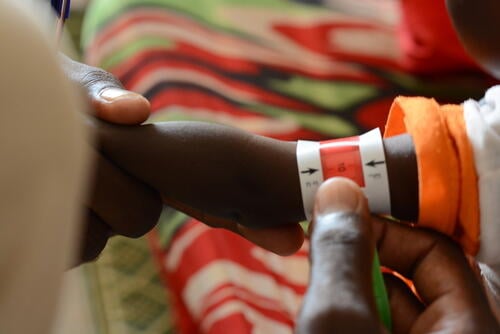
Even after the IPC famine review committee concluded that a famine was underway in Zamzam camp for displaced persons, North Darfur state, our teams struggle to provide the children living there with care for malnutrition. This is in large part due to severe shortages of supplies, caused by blockades from the warring parties. In south Khartoum, we’re seeing a surge in cases arrive at Bashair Teaching hospital. Since January 2024, we have treated 39,000 cases of malnutrition across Sudan.


One of the worst maternal health emergencies in the world is unfolding in South Darfur state. From January to August 2024, there were 46 maternal deaths in Nyala Teaching and Kas Rural hospitals, where MSF teams provide obstetric care and other services. The scarcity of functioning health facilities and unaffordable transportation costs mean many pregnant and birthing women arrive at hospital in critical condition.

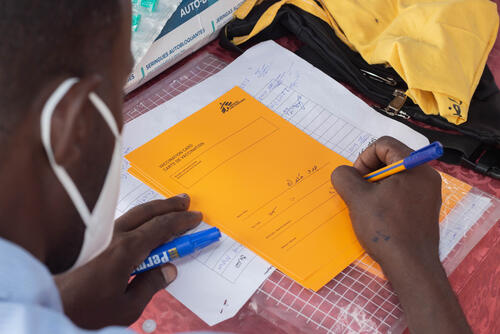
Even before the conflict broke out, vaccination coverage for preventable diseases, like measles, was low in Sudan. Now, even more children are expected to miss out on their vaccinations because of the war. Our teams are addressing this by providing catch-up and routine vaccines. So far in 2024, we’ve provided over 70,000 vaccines. In White Nile state, we collaborated with the Ministry of Health to vaccinate children against measles during an outbreak and have since seen disease indicators drop.

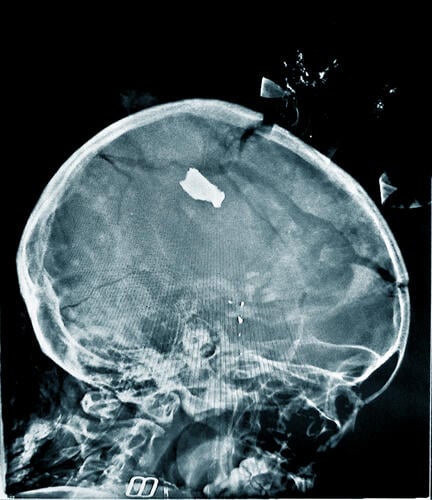
Surgery, including trauma care for war-related injuries, is a main activity for MSF in Sudan. Despite overwhelmed emergency rooms and a lack of supplies, our emergency teams are working along with hospital staff to provide life-saving surgery to people injured by gunshots and bomb blasts. This includes children, who make up one in six of war-wounded patients at Bashair Teaching hospital in south Khartoum.

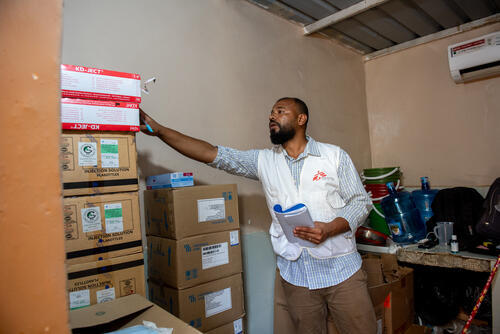
Moving humanitarian aid throughout Sudan has proven incredibly difficult, whether because roads have been destroyed, or regular transport routes have become too dangerous to travel. Armed parties also deliberately block the delivery of our supplies. These needless blockages only serve to stop people from receiving medical care. We continue to call on the warring parties, and those who have influence over them, to ensure the unimpeded delivery of humanitarian aid throughout Sudan.
Our activities in 2023 in Sudan
Data and information from the International Activity Report 2023.
1,239
1,239
71.4 M€
71.4M
1979
1979
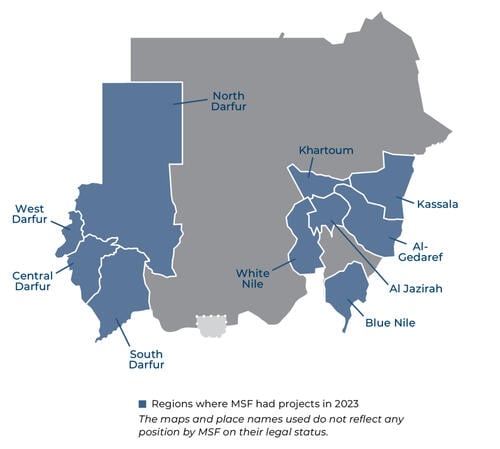

697,600
697,6
102,300
102,3
7,300
7,3





